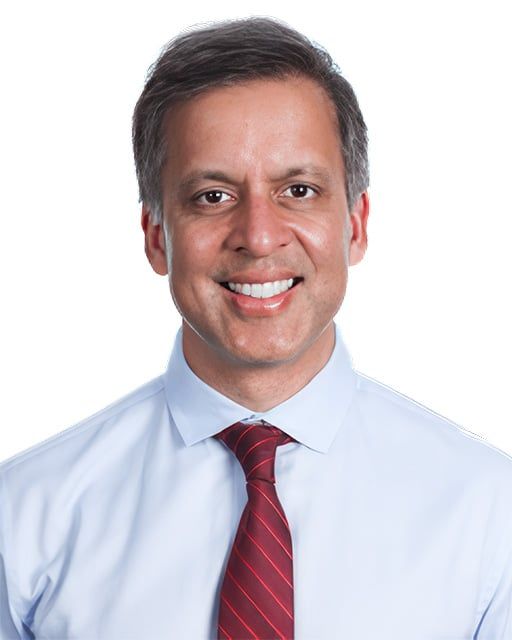News
Article
Panel Addresses Minority Physician Shortage, Maternal Health at Senate Committee Hearing
Author(s):
The senate hearing held by the US Senate Committee on Health, Education, Labor, and Pensions, led by Sen. Bernie Sanders (I, Vermont), chairman of the committee, and ranking member Sen. Bill Cassidy, MD, (R, Louisiana), addressed the critical issue of physician and health care worker shortages, as well as the maternal health crisis, in the US.
In a recent senate hearing led by the US Senate Committee on Health, Education, Labor, and Pensions (HELP), members led by Sen. Bernie Sanders (I, Vermont), chairman of the committee, and ranking member Sen. Bill Cassidy, MD, (R, Louisiana), addressed the critical issue of physician and health care worker shortages in the US.1 The focus was specifically on the underrepresentation of minority doctors in the health care system. The senators’ opening statements highlighted significant disparities, such as African American physicians making up only 5%-8% of total physicians, despite African Americans comprising 13.6% of the US population.
Sen. Bernie Sanders | Image Credit: http-//sanders.senate.gov/.jpeg
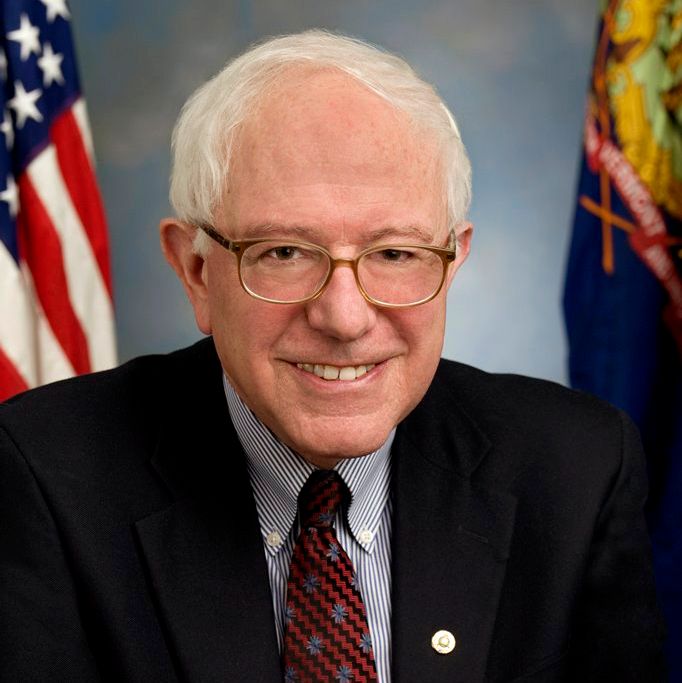
“In the midst of a health care system that, in my view, is largely broken and dysfunctional, where we spend almost twice as much per capita on health care as the people of any other country, where 85 million Americans today are uninsured or underinsured, and where we don't have enough doctors, nurses, dentists, mental health specialists, or pharmacists, we have another crisis on top of all of that, and that is the problem of lack of medical personnel that is extremely, especially acute in Black, Latino and Native American communities, which is the subject of our hearing today,” Sanders said.
Cassidy explained the challenge of aligning Graduate Medical Education (GME) residency slots with the needs of underserved communities, stating that these slots aren't distributed based on community needs, which impacts the future practice locations of physicians. This discrepancy, though under finance jurisdiction, is crucial to address in conversations about health care workforce shortages, he continued.
Sen. Bill Cassidy, MD | Image Credit: http-//cassidy.house.gov/sites/cassidy.house.gov/files/2009-07-20_025PNN_0.JPG

The senators commended recent initiatives aimed at increasing enrollment capacities at historically black colleges and universities, passing critical health legislation such as the Black Maternal Health Momnibus Act, boosting funding for the Women, Infant, and Children program, and enhancing support for the National Health Service Corps. However, the urgent need to address the health care crisis and the critical role of minority health care professionals in achieving health equity was forefront.
The Maternal Health Crisis
Multiple panelists touched on how the lack of access to essential maternity care in a third of US counties, known as maternity care deserts, exacerbates the maternal health crisis. Sen. Roger Marshall, MD (R, Kansas), explained the leading causes of maternal deaths: postpartum depression, suicide, and drug overdose.
With just over half of those deaths occurring 1 week postpartum, Marshall argued community health centers can play a key role in long-term follow-up. When focusing on partum deaths, the most prevalent cases include hemorrhage, heart disease, stroke, cardiomyopathy, infection, and hypertension. Because these causes are largely preventable, he stressed the need for adequate prenatal and intrapartum care.
Sen. Roger Marshall, MD | Image Credit: U.S. Senate Photographic Studio, Public domain, via Wikimedia Commons
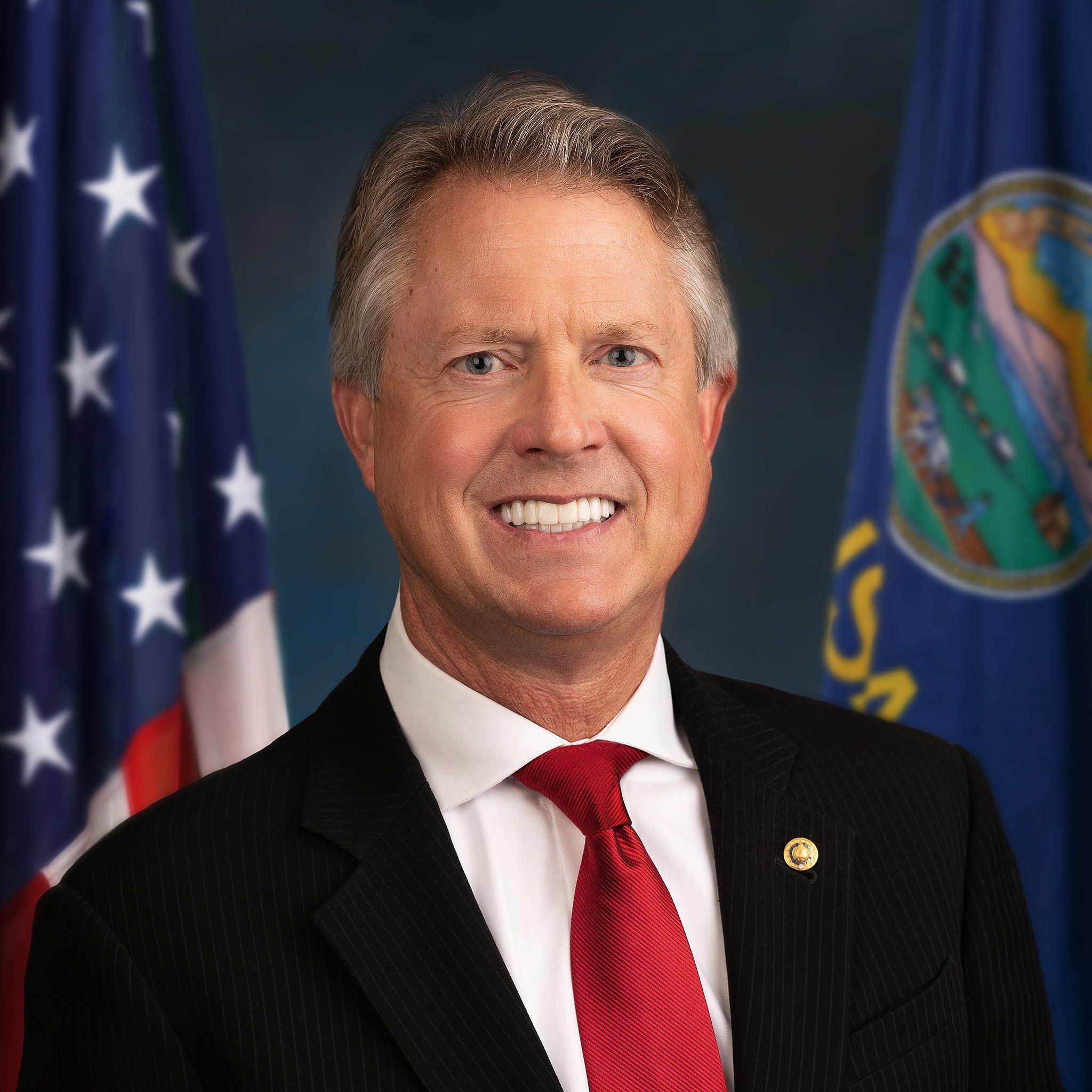
The spike in heart disease among pregnant women can be attributed to several factors, including older maternal age, obesity, and the rise in diabetes prevalence, which can also be mitigated with community health centers by providing nutrition and mental health components, Marshall explained.
“We don't need to form committees and pray about it—we know the solutions,” he said in the hearing. “I think our community health center is the best thing I see out there that's going to touch all people, and I just look forward to continuing the great work the chairman and ranking member have done on these issues.”
Hon. Michael C. Burgess, MD, a US Congressman from the 26th district of Texas, explained how his extensive career as an obstetrician-gynecologist (ob-gyn) motivated his political efforts in working to address high maternal and infant mortality rates.
Hon. Michael C. Burgess, MD | Image Credit: Congress - House Creative Services, Public domain, via Wikimedia Commons
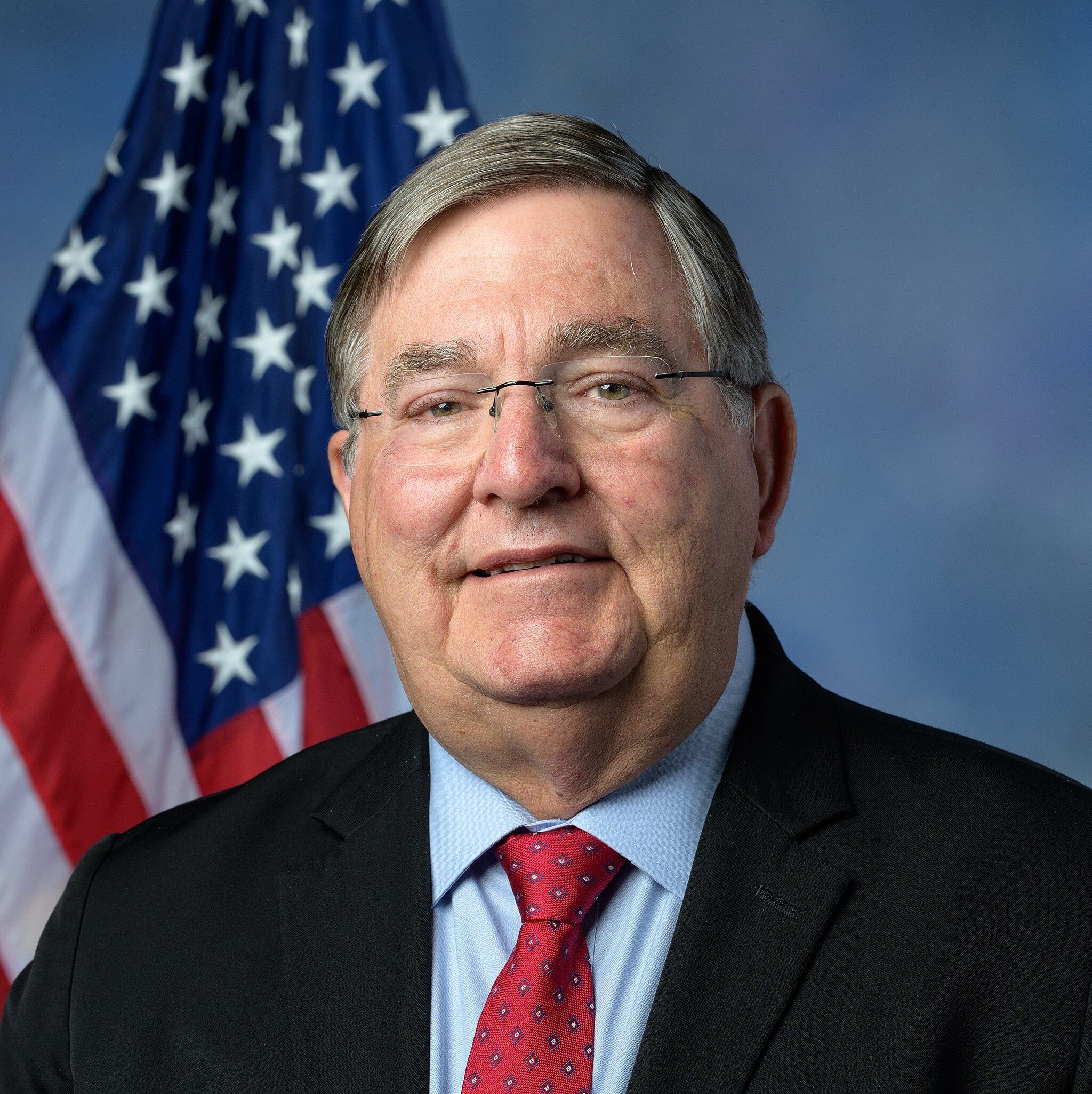
“The patient population for Parkland, the Dallas County Hospital District, serves both rural and urban communities in and around Dallas. In my time, the clientele was multi-ethnic, almost completely uninsured or underinsured, but again, they have some of the best statistics in the country,” Burgess explained. “And the lesson for me there always was: it doesn't have to be this way; you can do better. And I would like for us to focus on that with whatever our public policies are going forward.”
“We cannot legislate good practice, but we can provide the tools to be able to come up with the best practices and increase access to maternity care,” he continued.
Hon. Laphonza Butler, US senator (D, California), highlighted the contributions of Rep. Lauren Underwood, Sen. Cory Booker, Rep. Alma Adams, and Vice President Kamala Harris, who have played significant roles in introducing legislation and forming the Black Maternal Health Caucus, aimed at improving maternal health outcomes, particularly among black women.
“Our health care system and the state of maternal health in this country is at an inflection point that requires the urgent attention of this committee; the numbers should alarm all of us,” she said. “The United States has the highest rate of maternal mortality among high-income nations; within recent years, thousands of women have lost their lives due to pregnancy-related causes. And over the past decade, while the birth rate in this country has declined by roughly 20%, maternal mortality rates have steadily risen. The crisis is exacerbated in communities grappling with the lack of access to essential maternal health care.”
Hon. Laphonza Butler | Image Credit: United States Senate, Public domain, via Wikimedia Commons
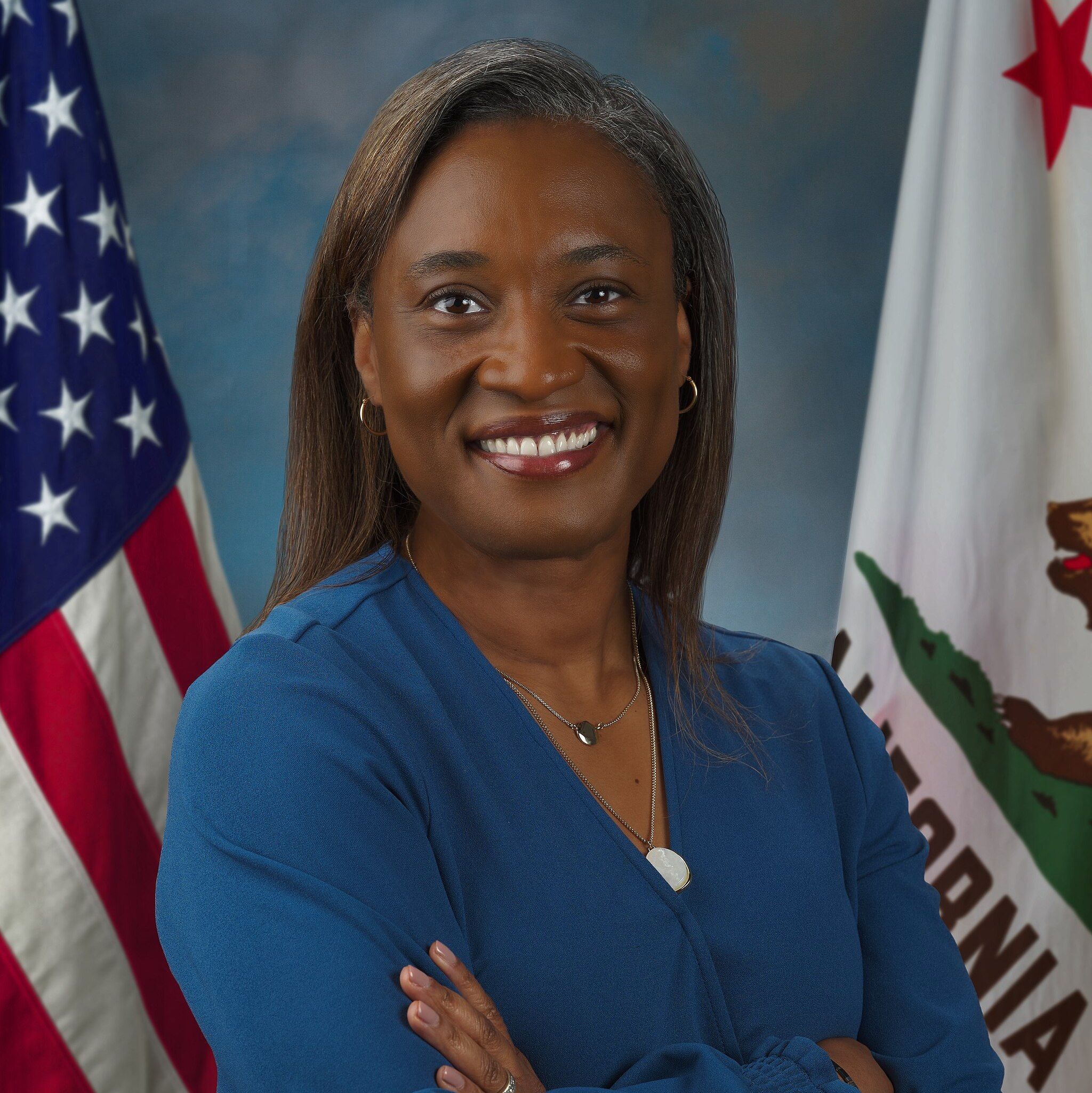
Butler echoed Cassidy’s support of initiatives implemented by the committee, like the Black Maternal Health Momnibus Act.
“This crisis has not been felt equally,” Butler said. “Among Black and Native Indigenous communities, maternal mortality rates are 2 to 4 times higher compared with those of White communities.”
“Research suggests that under the care of Black physicians, the mortality rate for newborns decreases by over 50%, which is why I applaud and urge this committee's continued efforts to not only bolster the health care workforce, but to use every tool to ensure that that workforce is diverse and equipped to provide unbiased, culturally competent care,” she continued. “Only then can we begin to change the course of our nation's current health care system.”
The Need for Diversity Among Health Care Professionals
Sanders discussed the importance of understanding the experiences of patients from diverse backgrounds. He raised the question of the impact of having physicians who share similar racial or ethnic backgrounds with their patients.
Yolanda Lawson, MD, president of the National Medical Association in Dallas, Texas, emphasized the necessity of trust, especially as an ob-gyn, citing a time in health care when many Black and Latino women underwent unnecessary hysterectomies and “the options of childbirth were taken away from them.”
Yolanda Lawson, MD | Image Credit: Linkedin

She’s had many patients share experiences they’ve had with physicians of a different race or ethnicity where they were not respected, were provided inadequate treatments, or were not given options to make a treatment decision of their own.
“In practice… when I build trust, my patients really do respect and comply with therapy,” Lawson said.
Brian Stone, MD, FACS, president of Jasper Urology Associates in Alabama, explained that he observes the cultural variation in communication among his patients on a daily basis. “The difference between a Black male and how he communicates and a White male, the concerns they may have, the trust factor, all of that plays into the relationship and patient compliance.”
Samuel Cook, MD, a resident at Morehouse School of Medicine in Atlanta, Georgia, referenced a 2016 study in his testimony, revealing biases among White medical trainees, with half of them endorsing myths such as Black people having thicker skin or less sensitivity to pain. He explained this bias translated into lower pain ratings and less accurate treatment recommendations for Black patients.
Sharing from experience, he recounted an incident where a Black psychiatrist intervened just before a Black patient was forcibly restrained and wrongfully committed when her care team deemed her as “crazy.” Cook posed this example, which left the hospital doctors open to “justifiable malpractice lawsuits”, to demonstrate the lack of diversity in providers is “not just an issue for Black Americans, senators; this is an issue for all Americans.”
Sen. Cassidy underscored the importance of community partnerships, especially with faith-based organizations, to promote health awareness and participation in medical initiatives. He opened a discussion on cultural reticence among African Americans toward medical treatments, drawing parallels from his own experience as a gastroenterologist.
Brian Stone, MD | Image Credit: bbhcarenetwork.com
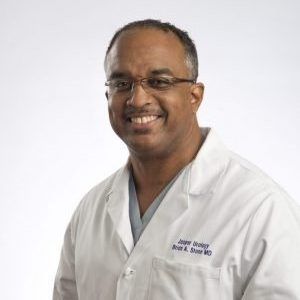
Stone pointed out that most therapeutics in the US are developed based on data primarily from White patients, which may not be entirely effective for other cultural groups. He advocated for increased participation of minority groups in clinical trials, suggesting that faith-based communities could serve as crucial conduits for building trust in practice and encouraging more inclusive research practices.
Michael Galvez, MD, Valley Children's Hospital; co-creator of National Latino Physician Day, from Madera, CA, discussed the benefits of bilingualism in health care, recognizing it as a valuable skill that can enhance medical practice, particularly in diverse states like California.
“For the Latino population, the patient-physician concordance is so important to have that cultural competency to decrease miscommunication,” he said. “And the language component for Latinos, in particular, is very important because things can get lost in translation.”
Michael Galvez, MD | Image Credit: Linkedin

However, Galvez acknowledged Cassidy’s concerns about the potential for language requirements to act as barriers to entry in the health care field for those who do not have a second language.
Barriers to Medical Education
The panelists outlined barriers to medical education, with the financial burden being “a huge deterrent for minority students,” contributing to the racial and ethnic disparities existing among health care professionals. Drawing from his experience in youth mentoring, Stone explained it’s not a lack of intelligence or interest, but a lack of financial support for many in minority communities. “If there was a way to offset the costs, we can increase the numbers,” he said.
The financial aspect isn’t the only obstacle for minority students. Beyond that, Jaines Andrades, DNP, AGACNP-BC, a nurse practitioner at Baystate Health Springfield in Massachusetts, expressed the need to inspire these communities to strive for careers in health care by showcasing successful role models so they can “start to feel that a health care career is in their realm of possibilities.”
Jaines Andrades, DNP, AGACNP-BC | Image Credit: LinkedIn

She shared that she was inspired by Gloria Wilson, an African American nurse who started her career later in life and reinforced the imperative of cultural representation and effective communication, particularly in the field of trauma surgery.
“I meet patients on their worst day,” Andrades said. “I am of Puerto Rican descent, so in being able to speak to someone who just went through a terrible car accident or some trauma, I think, gives them a breath of fresh air… It's the trust that you have someone that speaks your language and looks like you at the forefront of your medical care. And I think that really makes a difference in patient satisfaction and patients trusting the health care system and providers."
Cook detailed the discrimination he faced, milestones he surpassed, and the inspiration driving his journey, which landed him in front of the US Senate Committee on Health, Education, Labor, and Pensions, providing insight on “What Can Congress Do to Address the Severe Shortage of Minority Health Care Professionals and the Maternal Health Crisis?”
“The doctors I saw as a child never looked like me. So, I made it my life's mission to be the change I sought in medicine,” he said. “During my undergraduate studies at Johns Hopkins University, I was told by my medical school admissions counselor that my above-average GPA at one of our nation's top 10 universities was not strong enough to make medicine a reality. Nevertheless, I persisted.”
Samuel Cook, MD | Image Credit: LinkedIn
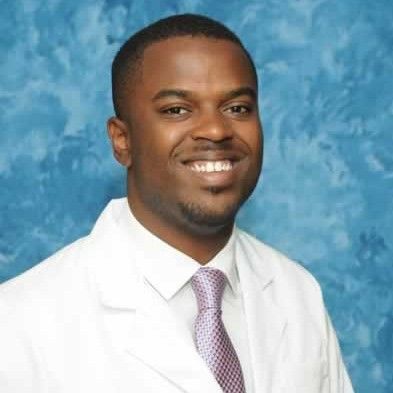
The ongoing initiative to address racial and ethnic gaps among health care professionals suggests increasing collective support for minority representation. Although the efforts to achieve this, specifically in the Black community, precede the Civil Rights Act.2 From 2009 to 2019, Historically Black Colleges and Universities (HBCUs) stood out for sending the highest number of Black graduates to medical schools, Cook explained.1
“It is a fact, not an opinion, that Historically Black Colleges and Universities have been instrumental in creating their own pipelines to medical schools,” he stated.
Cook noted that last year, 10% of the Black doctors in the US graduated from HBCU medical schools, even though HBCUs make up just 2% of all medical colleges.
“Assuming we beat an educational system that is stacked against us, many Black students are then faced with hundreds of thousands of dollars in student loan debt. For me, the current sum of medical student loan debt plus accrued interest stands just shy of $400,000,” he shared. “Though the costs are the same no matter the student's race, the financial impact it will have on their families is not racially based, and systemic wealth inequity is an undeniable turnoff and one that has barred far too many students of color from becoming the doctors they were qualified to be.”
“As nothing more than a mouthpiece for our collective struggles” as resident physicians and medical students of color, Cook called for an augmentation in funding for HBCUs “to reduce the costs of producing high-quality physicians of color,” highlighting these institutions’ proven track record of providing “some of the nation's brightest minds.” He advocated for the reintroduction of legislation to protect and grow HBCU medical schools, referencing the College for All Act introduced by Sanders in 2023.3
“It frightens me to think that after today, nothing will change to render our physician workforce more representative of the racial and ethnic makeup of our great nation,” Cook concluded in his testimony.1 “Therefore, I am challenging you, senators, calling upon you to each assure the American public and your constituents that you will vote to support our HBCUs and empower future generations of Black and Brown physicians. The time to act is never tomorrow, senators, it has been and always will be today.”
References
1. Hearing Before the US Senate Committee on Health, Education, Labor & Pensions; What Can Congress Do to Address the Severe Shortage of Minority Health Care Professionals and the Maternal Health Crisis? May 2, 2024. Accessed May 2, 2024. https://www.help.senate.gov/hearings/what-can-congress-do-to-address-the-severe-shortage-of-minority-health-care-professionals-and-the-maternal-health-crisis
2. History of HBCUs. Thurgood Marshall College Fund. Accessed May 13, 2024. https://www.tmcf.org/history-of-hbcus/#:~:text=The%20majority%20of%20HBCUs%20originated,%2C%20Howard%20University%2C%20Johnson%20C.
3. NEWS: Sanders, Jayapal and Colleagues introduce legislation to make college tuition- and debt-free for working families. News release. US Senate Committee on Health, Education, Labor & Pensions. June 14, 2023. Accessed May 13, 2024. https://www.help.senate.gov/chair/newsroom/press/news-sanders-jayapal-and-colleagues-introduce-legislation-to-make-college-tuition_and-debt-free-for-working-families





